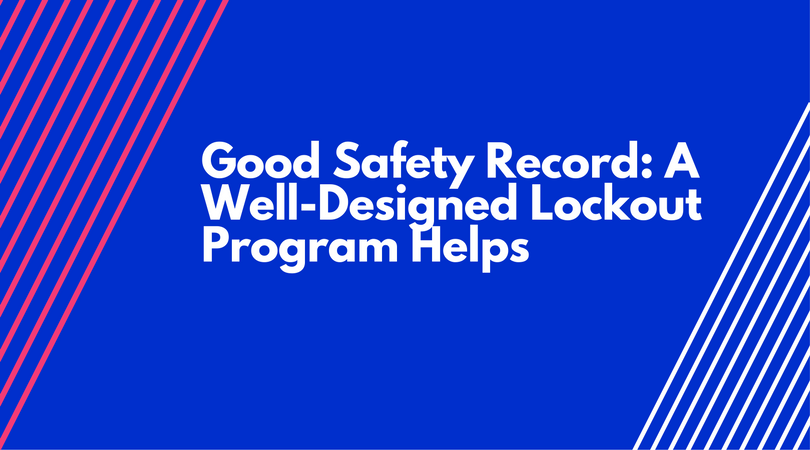Good Safety Record: A Well-Designed Lockout Program Helps
Safety in the workplace is always of paramount importance and in an industrial working environment where there are numerous potential dangers, having a viable lockout program is essential to keep workers safe.
Here is an overview of why locking out is important, a look at safety objectives using lockouts, and some pointers on implementing a suitable strategy.
Protecting against physical hazards
The fundamental purpose of a lockout or tagout is to ensure that dangerous equipment and machinery are properly shut off and prevented from being used again before essential maintenance or repairs are carried out.
The use of lockouts will help protect workers against the physical hazards they face when operating various types of equipment and machinery as part of their daily duties.
The sort of physical hazards that lockouts are designed to protect against include the risk of electrocution, burns, skin cuts and slices, pinching or crushing incidents, or even death when things go seriously wrong.
Lockouts are there to prevent the accidental startup of machinery when it is in a hazardous state, providing a layer of security that provides a vital warning and time to assess a situation.
Part of your overall safety program
The point about a well-designed lockout program is that it is not a complete safety solution on its own and has to be used in conjunction with other aspects of your safety program and procedures.
If you are considering a range of lockouts that you might need for your workplace you might to try these for guidance on what might provide the level of protection you are looking for.
A good starting point with your safety program would be to assess the hazards you are trying to protect against. Machinery needs to be guarded and if workers are operating in a confined space that is also a risk that has to be accounted for.
Identify all potential sources of hazardous energy from your machinery, which means looking beyond just the machine’s main power sources and working out how you can combat a threat from chemical, hydraulic, thermal, and stored energy, all of which present a threat in a number of circumstances.
De-energize the energy source
All workers need to be trained in procedures required to de-energize each specific energy source.
For example, pipework could be carrying air, steam, or some hazardous substances, which could present an immediate threat if there is a rupture or unintended escape. Lockouts are part of the solution to dealing with the threat posed by a variety of energy sources and will help keep workers safe on a daily basis.
Once you have adequate safety procedures in place it is important to carry out periodic and annual inspections so that you can confirm the lockouts are doing their job as part of your safety procedures.
Accidents in the workplace will continue to happen in locations across the country but with good safety procedures and the use of lockouts within that strategy, you will be helping to reduce the prospect of contributing to those statistics.





